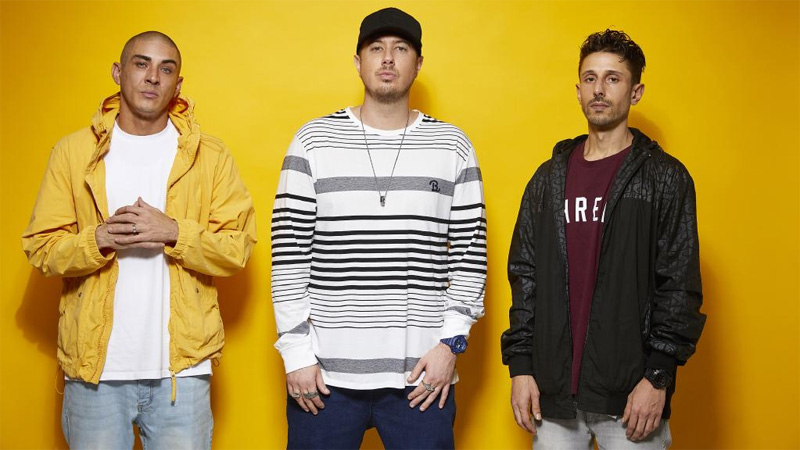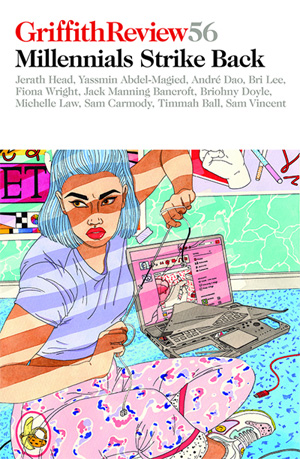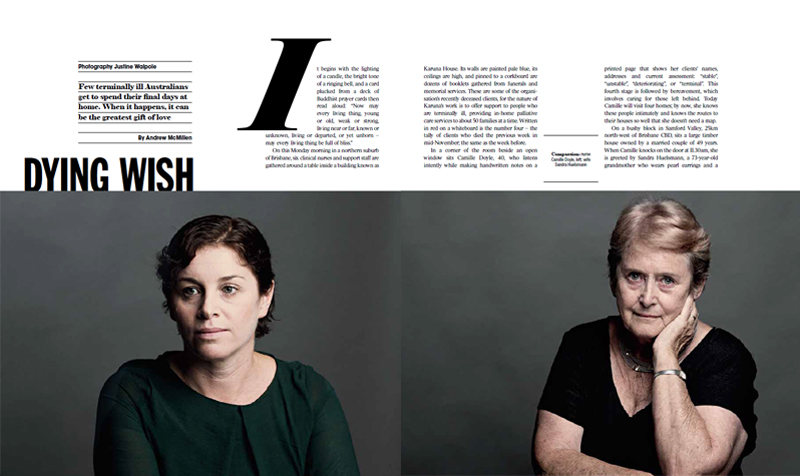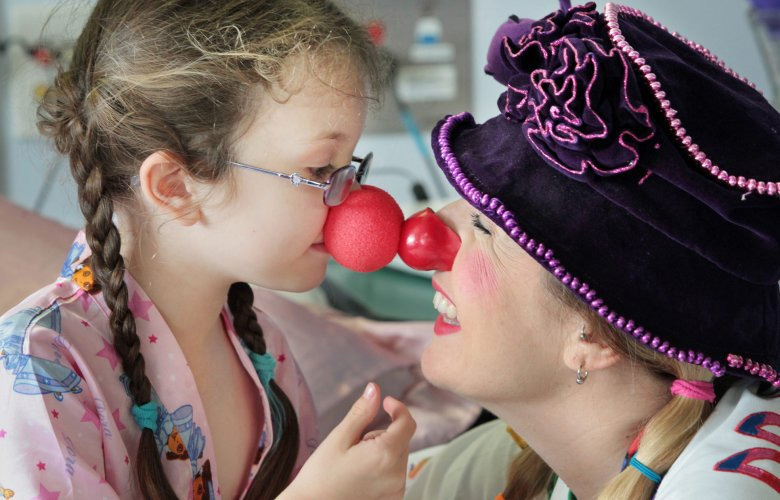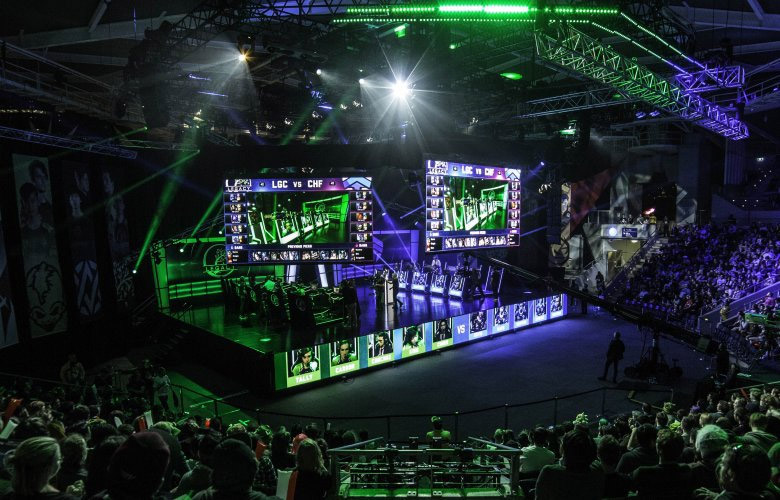Good Weekend story: ‘Trips To Remember: Psychedelic drug use and bad trips’, June 2017
A story for Good Weekend magazine, published in the June 3 issue. Excerpt below.
They call themselves “psychonauts” – people who use drugs like LSD to embark on journeys of self-discovery and creativity. But how wise is it to go on a trip after life has taken a bad turn?
A few days before Christmas last year, two friends and I planned to take LSD together. We set a date and location: 10am Saturday morning, in a comfortable home, with a sober friend to keep a wary eye on us. The three of us are fit, healthy men in our late 20s; we are university graduates now employed in our respective fields. We have stable relationships, strong senses of self and a shared interest in occasionally ingesting substances that we know will twist our perceptions of the world in strange and fascinating ways.
It would be a trip to remember. In my mind, I had already started rehearsing the day. The tiny cardboard squares of “blotter acid” would be removed from the freezer, carefully cut with scissors and placed beneath our tongues. The chemicals on the cardboard would be gradually metabolised by our bodies, before the pieces were chewed up and swallowed.
For eight to 12 hours, the shared experience would further solidify our friendships. The LSD’s visual effects would make the walls and ceiling seem to bend and swoon. Colours would become intensified. It would inhibit our need to eat and drink and impair our sense of time.
In conversation, our minds would make unexpected leaps between subjects, drawing inferences and relations that we might not have ordinarily seen. These leaps might make little sense to our sober friend, but perfect sense to us. In quieter moments, we would query the order and routine of our lives. Were there efficiencies to be made, or changes necessary?
We would also laugh a lot – no doubt about that – and we would hear our favourite songs with ears attuned to different frequencies.
Just a few days before the scheduled Saturday, however, I experienced a major professional disappointment. A writing project to which I had devoted more than a year of work would not be published. My self-confidence was shaken to its core, and despite unerringly good advice and support from those closest to me, I entered a period of mourning wherein I found myself questioning everything, even the wisdom of taking drugs that had been helpful before.
To read the full story, visit Good Weekend.

